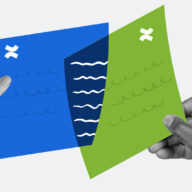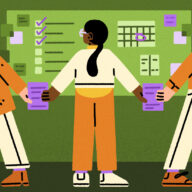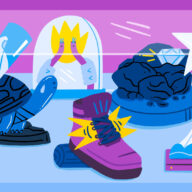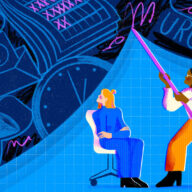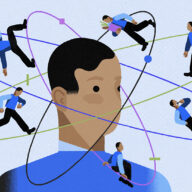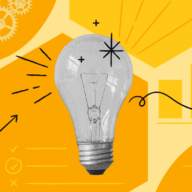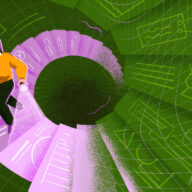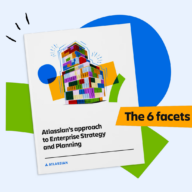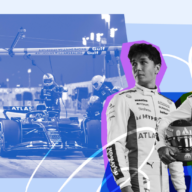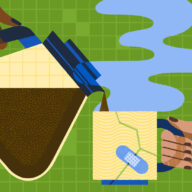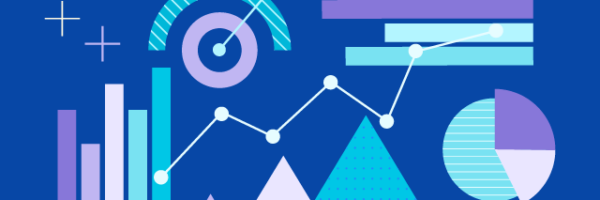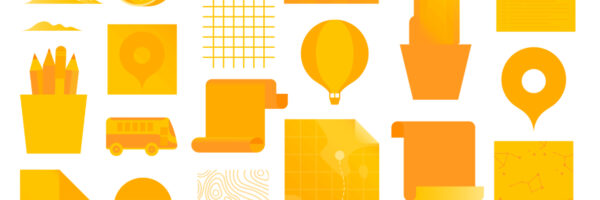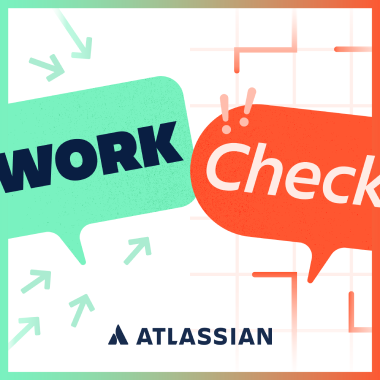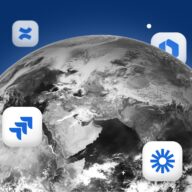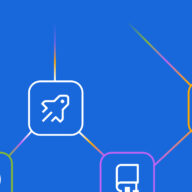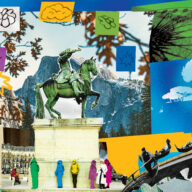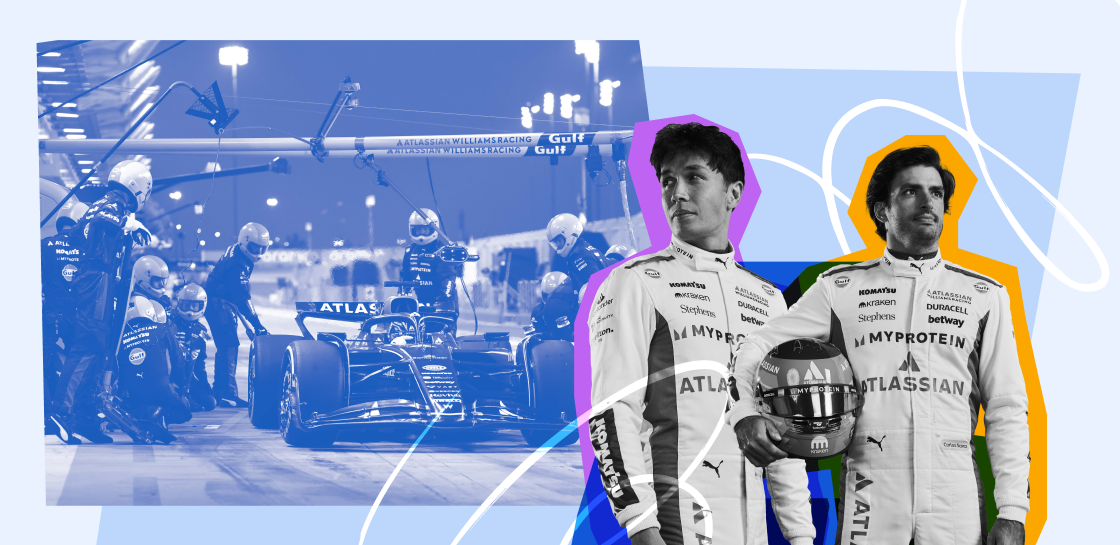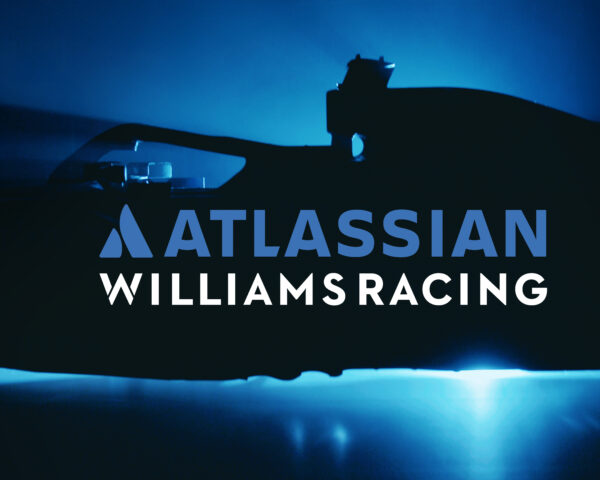In the days after a Formula 1 Grand Prix, you might notice major headlines sounding similarly. Mostly, they highlight the skills of the driver (like Carlos Sainz or Alex Albon) who set the fastest lap, or the strategic brilliance of a team principal like James Vowles, making a genius call from the pit wall.
What’s largely missing in these write-ups – and indeed goes mostly unnoticed among fans – is just how much teamwork is needed to pull a race together. Formula 1 is, at its core, a team sport.
Over 1,000 teammates, one dream
Everyone at Atlassian Williams Racing (AWR) shares one goal: getting two cars around a circuit faster than their eighteen competitors.
99.7% of those teammates are neither drivers nor team principals. They’re engineers, mechanics, parts manufacturers, aerodynamicists, software developers, marketers, logistics teams, and pit crews; without them, race day doesn’t happen.
A Formula 1 season includes 24 races across 21 countries, with approximately 80 AWR staff working each event. Alignment between the team members traveling to each race and those based at Williams HQ hugely influences results.
In any episode of Drive to Survive on Netflix (the gateway drug for many a Formula 1 fan), a driver might relay car issues to their team over their radio, sparking a domino reaction.
Receiving the message, the Mission Control team – working remotely – analyzes the data and sends specific feedback to the trackside crew.
F1 race results are measured in thousandths of a second, meaning there’s no time for a dropped ball or a missed connection.
Race strategists, mechanics, data scientists, pit crew, and driver support must all aligned on what needs to happen – and when. While the trackside team sleeps, AWR HQ works the night shift, analysing performance data from test and qualifying runs, running simulations, and refining the next day’s setups. That’s round-the-clock collaboration.
The ultimate test of agility
Formula 1 cars have roughly 20,000 components. In-house, Williams HQ manufactures almost all of them, save for the engine, battery, and drivetrain (provided by Mercedes). At any moment, teammates are refining this year’s car, designing next year’s, or building 1/6th-scale models of both for the wind tunnel, which tests for aerodynamics.
But it’s a sport with countless variables; things are bound to go awry.
Consider the 2024 Brazil Grand Prix, when both Williams cars sustained damage during race weekend. The next Grand Prix was just five days later – in a different country. Overnight, the team shifted gears and:
- Immediately manufactured replacement parts
- Tested and validated new components
- Shipped them across the globe
- Fit the parts and prepared cars for testing
We all recognize corporate deadlines as often artificial cutoffs a senior leader creates for when they “need” something. AWR is a different game entirely. If a car isn’t ready, the race doesn’t happen – a catastrophic business failure. The collective agility required for success in Formula 1 is as staggering as it is nonstop.
The Atlassian connection: driving teamwork transformation
Williams is among the all-time most successful Formula 1 teams. But it’s been some time since they’ve challenged for the Constructors’ Championship, the prestigious title recognizing whole-team performance – from design and engineering to race strategy.
To succeed, Atlassian Williams Racing knows they must transform the tech they use and the way they work. A software company with an emphasis on collaboration across distributed teams is perfectly matched for a sport that hinges on precisely the same need.
Since 2002, Atlassian has been researching and refining tools that help teams achieve what’s impossible alone. We practice what we preach; our 12,000 employees collaborate across the globe to develop cutting-edge innovations in record time. (Rovo, our integrated AI offering, came together in just six months.)
As one, AWR will streamline operations, improve efficiency, and go even further together.
That’s why this isn’t a sponsorship.
Atlassian Williams Racing is a technology partnership. We’re digging deep to understand Williams’ ways of working and biggest roadblocks. Together, we’re implementing the Atlassian System of Work, a combination of tools and team practices to improve precision company-wide. (The process is already underway to move AWR’s several existing processes tracking car parts into Jira Service Management.) Look out for behind-the-scenes peeks; we’ll be documenting the transformation in the months to come.
F1 is a high-stakes environment where speed and precision are king. The same is true in business. Whether you’re building Formula 1 cars or leading an enterprise team, effective collaboration, agility, and teamwork toward a shared goal separates the best from the rest.








